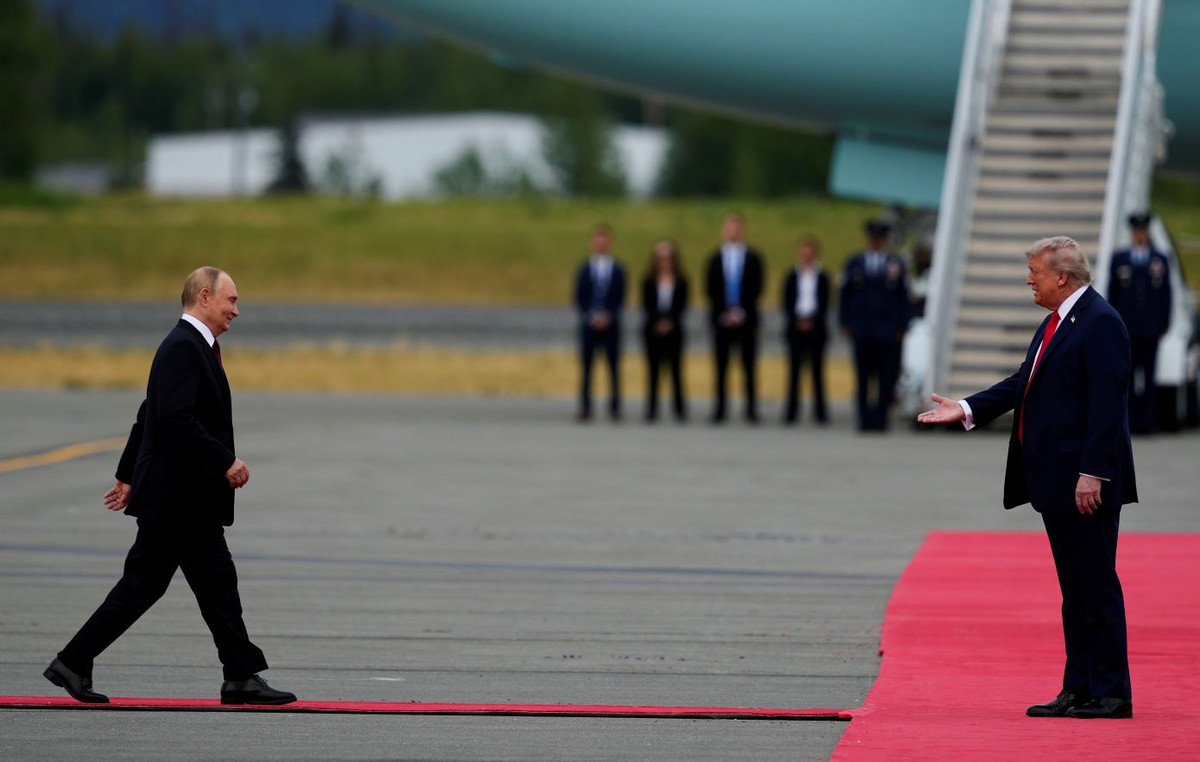- The Dow Jones loses 1.80% daily, operating at the time of writing in 42 184.
- The Nasdaq 100 goes back 1.28% today, reaching minimum of June 5 at 21,544.
- The S&P 500 that slides 1.13% on Friday, dragged by Caesars Entertainment (CZR).
- The consumer’s feeling index of the University of Michigan rises to 60 points 5 points improving market projections.
- Israel made attacks on Iran’s nuclear and military facilities, increasing tensions in the Middle East.
The Dow Jones established a maximum of the day in 42,600, where it attracted aggressive vendors that dragged the index to minimums not seen since June 3 at 42,072.
The Dow Jones industrial average opened at 42,408, while the Nasdaq 100 technological index began operating in 21,732. The S&P 500 began negotiations in 5,977, renewing the war concerns between Israel and Iran.
The Dow Jones ends Friday in negative zone dragged by Sherwin Williams
The Dow Jones index falls 1.80% today, reaching minimum of June 3 at 42,072.
Sherwin Williams’ titles (SHW) collapse 5.70% on the last day of the week, visiting minimal not seen since April 28 at 335.12 $, signing its third consecutive day downward.
Following the bearish perspective, visa (v) shares back in 4.99% daily, reaching minimums not seen since May 1 in 345.00 $, spinning two consecutive sessions with losses.
In this context, Dow Jones slides 774 points, currently quoting over 42,184.
Paypal and Adobe lead the losses in Nasdaq 100
The Nasdaq 100 technological index falls 1.28% in the day, visiting minimums of June 5 at 21,544.
Paypal Holdings (PyPL) values collapse 5.32% today, reaching minimum of June 3 at $ 70.53.
In the same tune, Adobe (ADBE) shares lose 5.31% daily, reaching minimum of May 9 at 383.75.
In this context, Nasdaq 100 goes back 281 points, operating at the moment about 21,629
The S&P 500 closes in negative terrain in the middle of a war escalation in the Middle East
Israel began an attack yesterday against nuclear facilities and military sites of Iran increasing tensions in the Middle East. Iran has launched missiles and drones in response in the middle of a war scenario that worries investors.
In another front, the feeling of the consumer of the University of Michigan improved 60.5 points from the 52.2 registered in May. This figure is above 53.5 estimated by analysts.
Caesars Entertainment (CZR) shares collapse 6.41% today, reaching minimums not seen since April 22 at $ 25.39.
The S&P 500 lose 1.13% in the last day of the week, backing 68 points, visiting minimal not seen since June 5 in 5,949.
Technical Analysis of Dow Jones
The Dow Jones reacted the decline from a short -term resistance given by the maximum of June 11 in 43,115. The nearest support is observed in 40,747, minimum of May 6 in convergence with the 50% fibonacci setback. The following important support is at 3,614 minimum of April 7.
Dow Jones daily graphics

Dow Jones Faqs
The Dow Jones Industrial Avenge, one of the oldest stock market indexes in the world, consists of the 30 most negotiated values in the United States. The index is weighted by the price instead of capitalization. It is calculated by adding the prices of the values that compose it and dividing them by a factor, currently 0.152. The index was founded by Charles Dow, also founder of the Wall Street Journal. In recent years it has been criticized for not being sufficiently representative, since it only follows 30 companies, unlike broader rates such as S&P 500.
There are many factors that promote the Dow Jones Industrial Average (DJIA) index. The main one is the added performance of the companies that compose it, revealed in the quarterly reports of business benefits. The American and world macroeconomic data also contribute, since they influence investor confidence. The level of interest rates, set by the Federal Reserve (FED), also influences the DJia, since it affects the cost of credit, on which many companies depend largely. Therefore, inflation can be a determining factor, as well as other parameters that influence the decisions of the Federal Reserve.
Dow’s theory is a method to identify the main trend of the stock market developed by Charles Dow. A key step is to compare the direction of the Dow Jones Industrial Avenge (DJIA) and the Dow Jones Transportation Average (DJTA) and just follow the trends in which both move in the same direction. The volume is a confirmation criterion. The theory uses elements of maximum and minimum analysis. Dow’s theory raises three phases of the trend: accumulation, when intelligent money begins to buy or sell; Public participation, when the general public joins the trend; and distribution, when intelligent money abandons the trend.
There are several ways to operate with the DJ. One of them is to use ETF that allow investors to negotiate the DJ as a single value, instead of having to buy shares of the 30 companies that compose it. An outstanding example is the SPDR Dow Jones Industrial Avenge ETF (day). Future contracts on the DJ allow the specular operators about the future value of the index and the options provide the right, but not the obligation, to buy or sell the index at a predetermined price in the future. Investment funds allow investors to buy a part of a diversified portfolio of DJ values, which provides exposure to global index.
Source: Fx Street
I am Joshua Winder, a senior-level journalist and editor at World Stock Market. I specialize in covering news related to the stock market and economic trends. With more than 8 years of experience in this field, I have become an expert in financial reporting.







